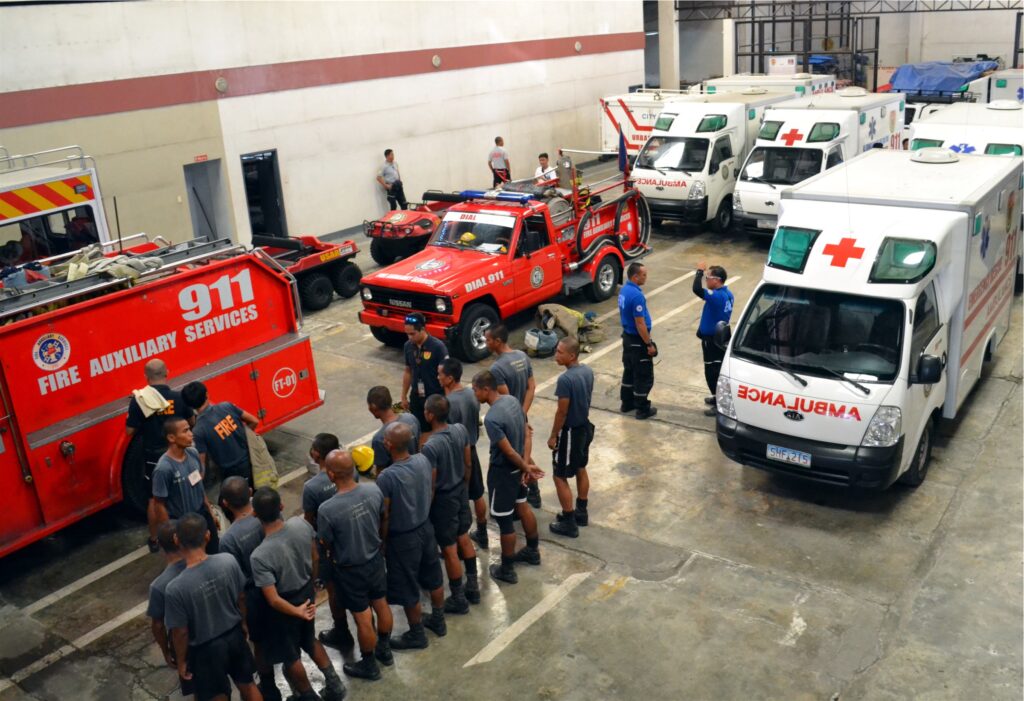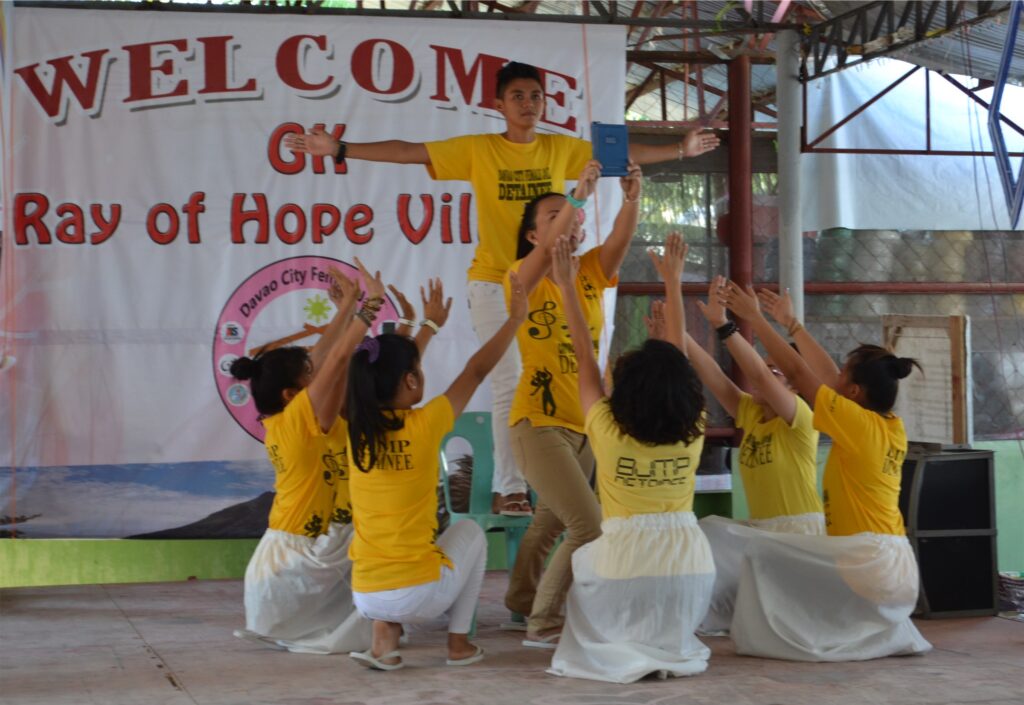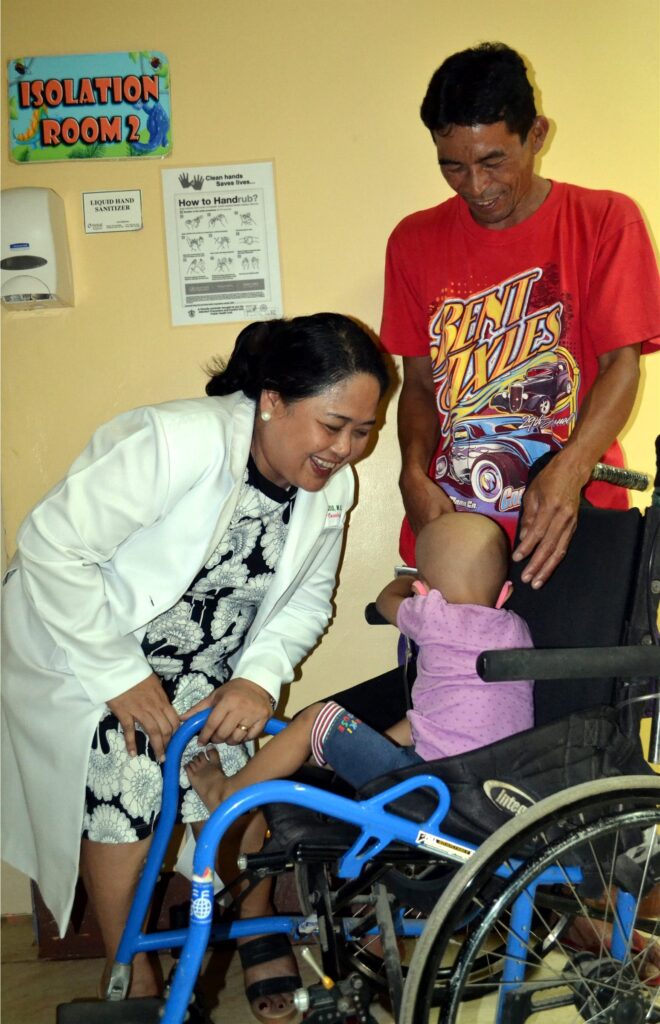Text and Photos by Henrylito D. Tacio
Mention Davao City and what comes into your mind? Durian and other fruits, waling-waling and other flowers, the tallest mountain (Mount Apo) and the largest city (in terms of land area), no smoking, and speed limit.
But there’s more to all of these which most people don’t know. In fact, some of those living in the city themselves are also not aware of what makes Davao City exceptional compared with other highly-urbanized areas in the country.
Central 911
For one, Davao City is the first city in Asia (and the third in the world — after the United States and Canada) to use 911 as the number to be dialed in case of emergency. Dialing the number from any telephone will immediately link the person to an emergency dispatch center — called PSAP (Public Safety Answering Point) by the telecom industry — which can send emergency responders to the caller’s location in an emergency.
The Central 911 was officially launched in September 2002 “to address emergency calls for criminal incidents needing police assistance,” according to a document obtained by this author. But as years went by, it has done more than that. Today, it has the capability to respond to almost any type of emergency.
“Aside from police services, it also caters to emergency medical services, urban search and rescue operations, fire auxiliary services, and K-9 units,” the document said. “The presence and the availability of a response mechanism resulted in increased awareness among the constituents and visitors of Davao City to report crime and emergency incidents which serves to mitigate or avoid further aggravating the situations and minimize the loss of lives and properties.”

The Central 911 is manned by 24 call takers and 16 dispatchers/trackers who are working round-the-clock. “By dialing 911, residents needing assistance can immediately summon responders to the scene of emergency,” the document said, adding that it has simplified the emergency process by integrating all the government’s emergency response resources (ambulance, rescue technicians, firefighters, K-9, and the police) into one.
Today, emergency response is now part of the Public Safety and Security Command Center (PSSCC), which was created through Executive Order No. 18 Series of 2012, specifically to provide protection, security, safety, and risk management to the people of Davao City.
The PSSCC operates through a coordinative approach to address the different issues of safety and security relative to crime, terrorism, security, traffic, health, and social services, emergency services, and disaster risk reduction by using information, people, technology, and intelligence solutions.
Philippine Eagle Center
Also unique to Davao City is the Philippine Eagle Center, the only one in the Philippines and located in Malagos, Calinan. Some 30 kilometers northwest and about an hour’s ride from downtown Davao, the center is the transient home of the critically endangered bird species.
The eagle center was opened to the public in 1988. Simulating a tropical rain forest environment, it offers visitors a glimpse into the country’s forest ecosystem (as it is located at the foothills of Mount Apo, the country’s highest peak). Here, visitors – both locals and foreigners – can see more than a dozen eagles, some of which were rescued after they were trapped or shot.
The Philippine Eagle Foundation, Inc. (PEFI), which manages the center, firmly believes that the fate of the endangered Philippine eagle, the health of the country’s environment, and the quality of Filipino life are inextricably linked. “By using the Philippine eagle as the focal point of conservation, we are, in the process, saving wildlife and their habitat,” points out Dennis Salvador, the PEFI executive director.
The eagle center has been doing its best to educate the Filipino people on the importance of the bird and its habitat. Guests are charged a nominal fee to enter the facility. The proceeds are used to support the research and conservation efforts of the PEFI. The center depends largely on donations from individuals and multinational companies.
The Philippine Eagle Center is open from 8 in the morning until 5 in the afternoon daily, including holidays.
Ray of Hope for Women
Women who are behind bars have the Ray of Hope Village, which features ten duplexes, a multi-purpose hall, a nursing room, and other amenities for children and mothers.
The 5,400 square meter area used to be an idle lot inside the jail compound in Maa City Jail until Gawad Kalinga (GK) transformed it into what is now a humane haven for the women prisoners.

According to Senior Superintendent Grace Dun Taculin, the Maa jail warden, the houses are designed with landscape and veranda. The main space serves as sleeping quarters during the night, where the inmates sleep on rubber cushions. But during the day, it is used as a multi-purpose room, prayer and counseling room, work area, classroom, or music room.
Windows are still made of decorative steel grills, but the “bakasyonista” (as they are called) can put some curtains in the windows. There are about 420 of them, and more than 80% of the cases are drug-related.
The village serves as hope for the women inmates. Although some of them are already forgotten by families and friends, the community they are living in now can remind them of how it is living outside. Once they get out of the facility, they won’t have a problem integrating with society.
House of Hope
Cancer is a rare disease among children, occurring in only one of 5,000 children every year. “The types of cancer that we see in children are different from adults,” says Dr. Mae Concepcion Dolendo, the head of the Children’s Cancer and Blood Diseases Unit of the Southern Philippine Medical Center (SPMC), the largest public hospital in Mindanao.
“Childhood cancers are usually embryonal or deep seated and aggressive while adult cancers are epithelial in origin and can be slow growing,” Dr. Dolendo explains.
It was Dr. Dolendo who convinced the SPMC to convert an old dorm within the compound into what is now known as the House of Hope. It was renovated to serve as a transient home for children with cancer.

“Every year, almost 150 new patients from all over Mindanao come to seek treatment to SPMC,” she says.
In 2007, the House of Hope, a single-floor facility with seven rooms, was launched. Since then, more than 2,700 patients and 4,000 caregivers have benefited from its clean and wholesome environment. Two caregivers are allowed for each patient; the caregivers help keep the house and its environment clean in exchange for a free stay.
Those who stay at the House of Hope are not only from the far-flung places of the Davao region; some come from provinces as far as Zamboanga, Cotabato, Saranggani, and Surigao. “In fact, there are those from the Visayas and even from Luzon who came here for treatment,” Dr. Dolendo says.
“We monitor our patients closely after treatment,” she says. “Chances of relapse are higher during the first two years and we sigh with relief after 5 years but we consider ten years without relapse as cure.”

